Hawaii and its archipelago are often described as paradisiacal, and I was lucky enough to experience this first-hand during a semester of college on Oahu’s North Shore—an area I adored.
A question that frequently arises from those curious about Hawaii is, “Which island is the largest?” The answer is relatively straightforward: The largest island is fittingly known as “The Big Island.” But Hawaii is not just about this expansive landmass; it is an archipelago with eight main islands, each with unique charm and attractions. Explore The Big Island and its sister islands in the Hawaiian chain.
Table of Contents
- The Biggest Island in Hawaii And Other Fascinating Facts
- 10 Reasons Why We Love The Hawaiian Islands
- Related Questions
The Biggest Island in Hawaii And Other Fascinating Facts
When people think of Hawaii, they often envision crystal-clear waters, sandy beaches, and vibrant luaus. While all these are essential aspects of the Hawaiian Islands, there’s so much more to the archipelago than meets the eye.
Each of Hawaii’s main islands has a unique character, history, and natural beauty that distinguish it from the others. But among them, Hawaii—often referred to as “The Big Island”—holds a special place for being the most extensive and geographically diverse island in the United States.
Here, we delve into the specifics of The Big Island and offer quick facts about other intriguing Hawaiian islands.
Hawaii—“The Big Island”
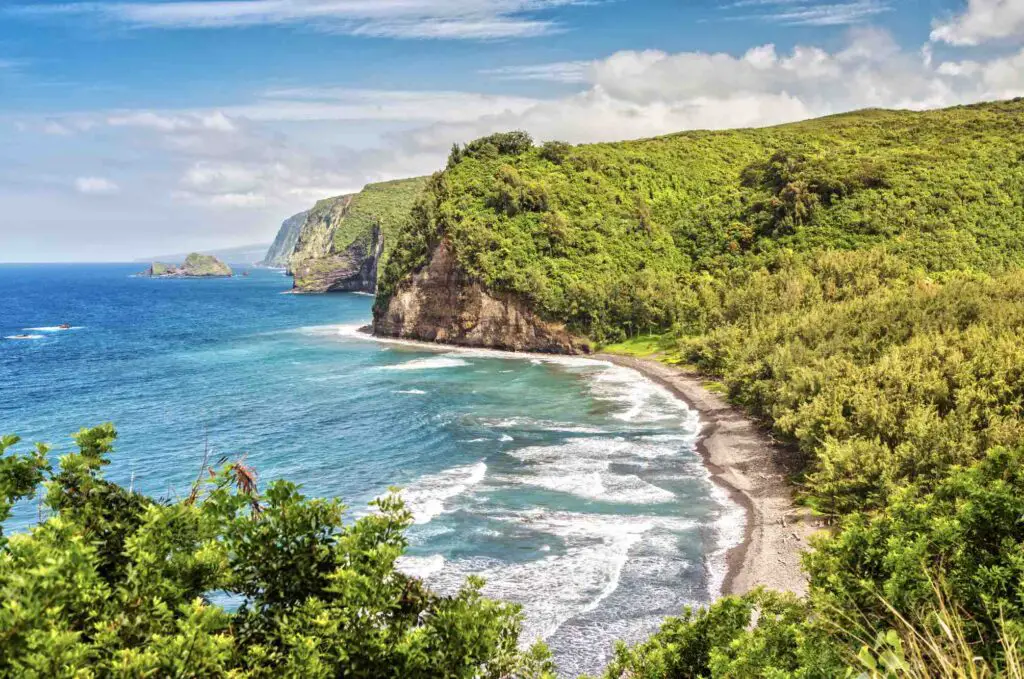
Also known as Hawaii Island, “The Big Island” spans over 4,000 square miles and accounts for 63% of the total land area of the Hawaiian archipelago. This staggering size allows for many ecosystems—from snow-capped mountains to rainforests to lava-spewing volcanoes.
Volcanoes Galore
One of the most captivating aspects of The Big Island is its volcanic activity. The island is home to five volcanoes, including Mauna Kea, a dormant volcano considered sacred by native Hawaiians.
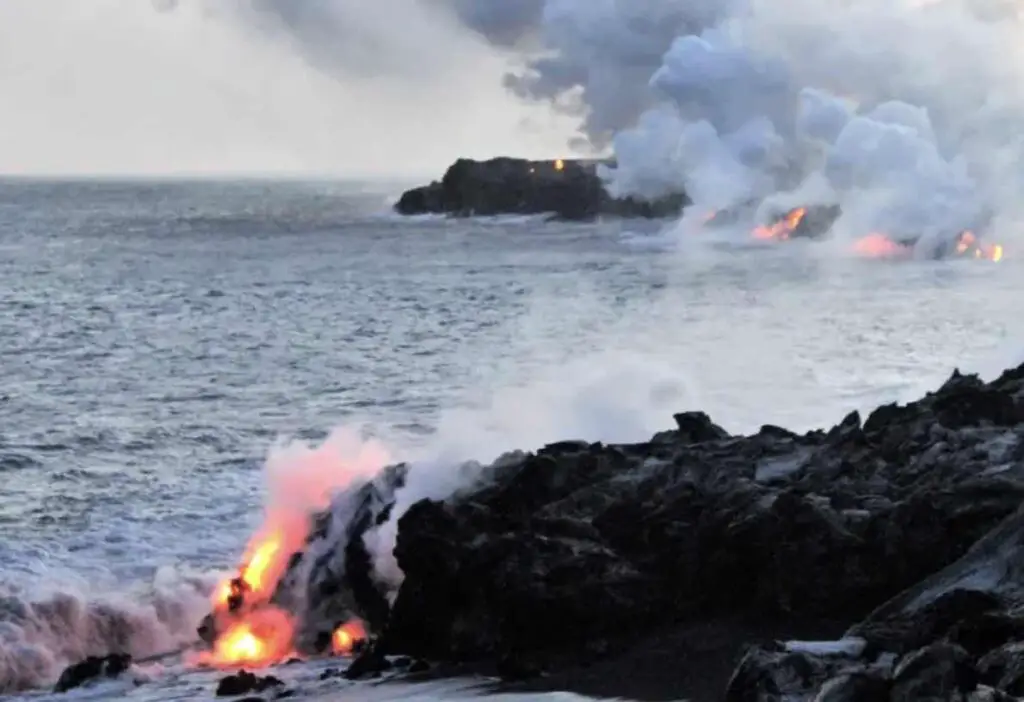
The others are Mauna Loa, Kilauea, Hualalai, and Kohala, with Mauna Loa and Kilauea being the most active. Their activity has shaped the island’s landscape and continues to draw tourists and researchers alike.
A Cultural And Spiritual Center
The Big Island is not just a geographical marvel; it’s also a cultural and spiritual center. Native Hawaiian traditions are deeply rooted in the island’s history, with ancient temples and petroglyphs dotting the landscape.
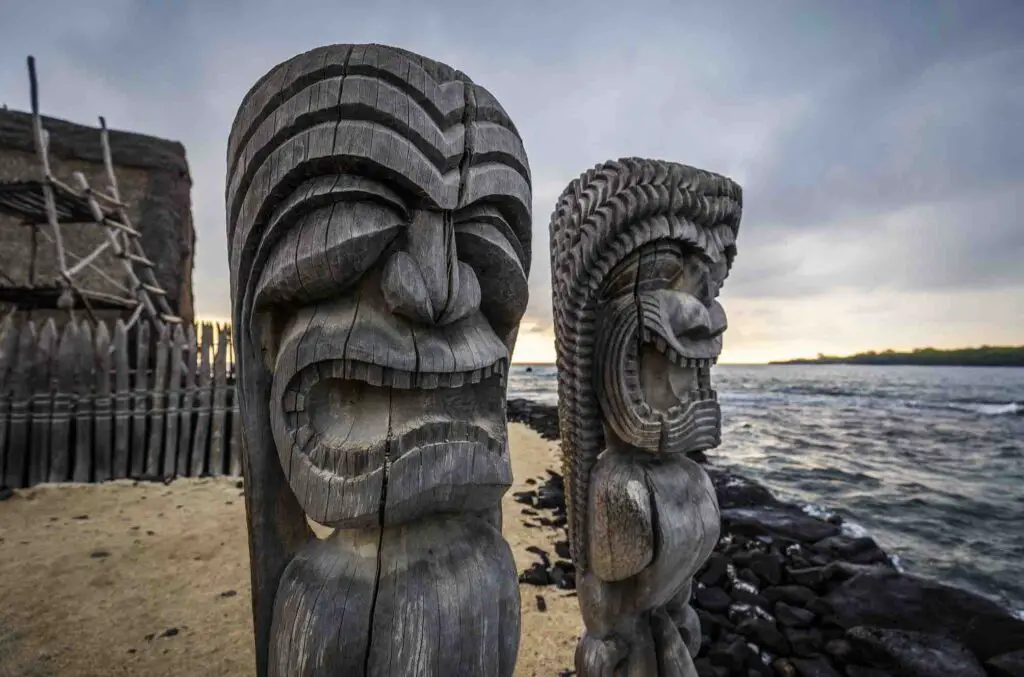
Mauna Kea is considered a sacred site and is often the center of cultural and political discussions surrounding land use and native rights.
Kahoolawe—“The Target Isle”
The smallest of the Hawaiian Islands, Kahoolawe, was used as a military training ground during World War II.
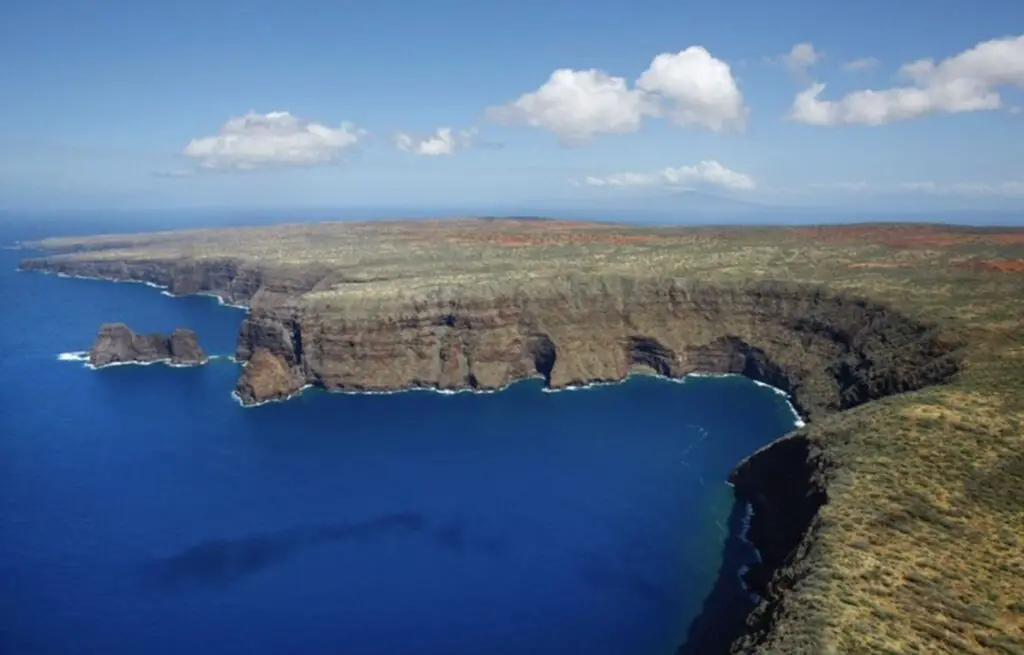
The island was subjected to decades of bombing and is currently off-limits to the general public due to the ongoing efforts to remove unexploded ordnance. This has given the island an aura of mystery, often called “The Target Isle.”
Kauai—“The Garden Isle”
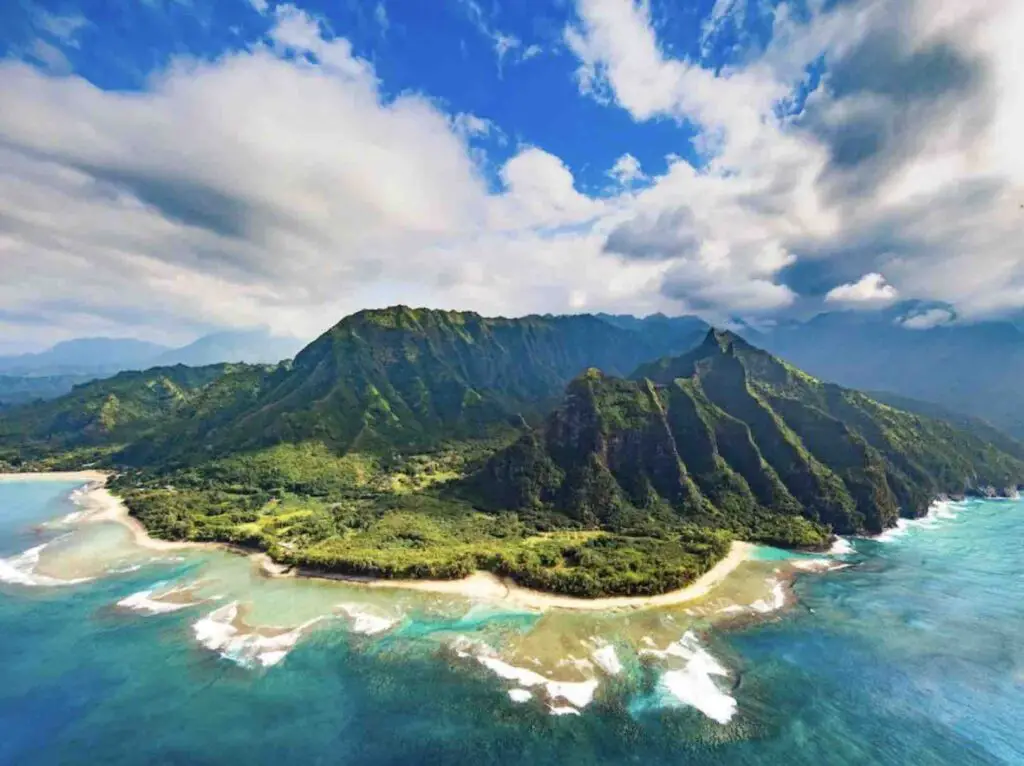
As the third-largest island, Kauai lives up to its nickname, “The Garden Isle,” thanks to its lush vegetation. The island is a paradise for nature lovers, offering botanical gardens, scenic cliffs, and waterfalls. It is one of the wettest places on Earth, contributing to its vibrant flora.
Lanai—“The Pineapple Isle”

This island was once a pineapple plantation that produced up to 75% of the world’s exported pineapples. While the large-scale pineapple industry has moved away, Lanai still embraces its history as “The Pineapple Isle.”
Maui—“The Valley Isle”
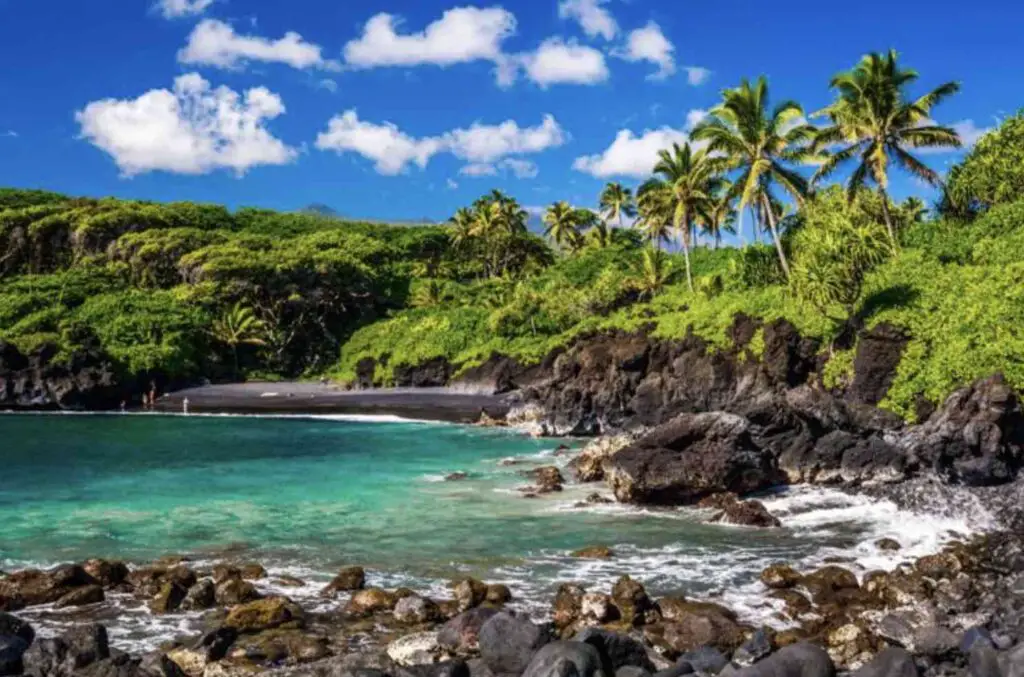
As the second-largest island in Hawaii, Maui is divided by two mountain ranges—the Haleakala and West Maui Mountains. The island is famous for its breathtaking vistas and activities like whale watching, snorkeling, and the unforgettable journey on the Road to Hana.
Molokai—“The Enlightening Isle” Or “The Friendly Isle”

Molokai is unique for its high percentage of native Hawaiians and is believed to be the birthplace of hula. Known by several names, including Molokaʻi ʻĀina Momona (land of abundance), Molokaʻi Pule Oʻo (powerful prayer), and Molokaʻi Nui A Hina (of the goddess Hina), this island truly embodies the spirit of aloha.
Niihau—“The Forbidden Isle”
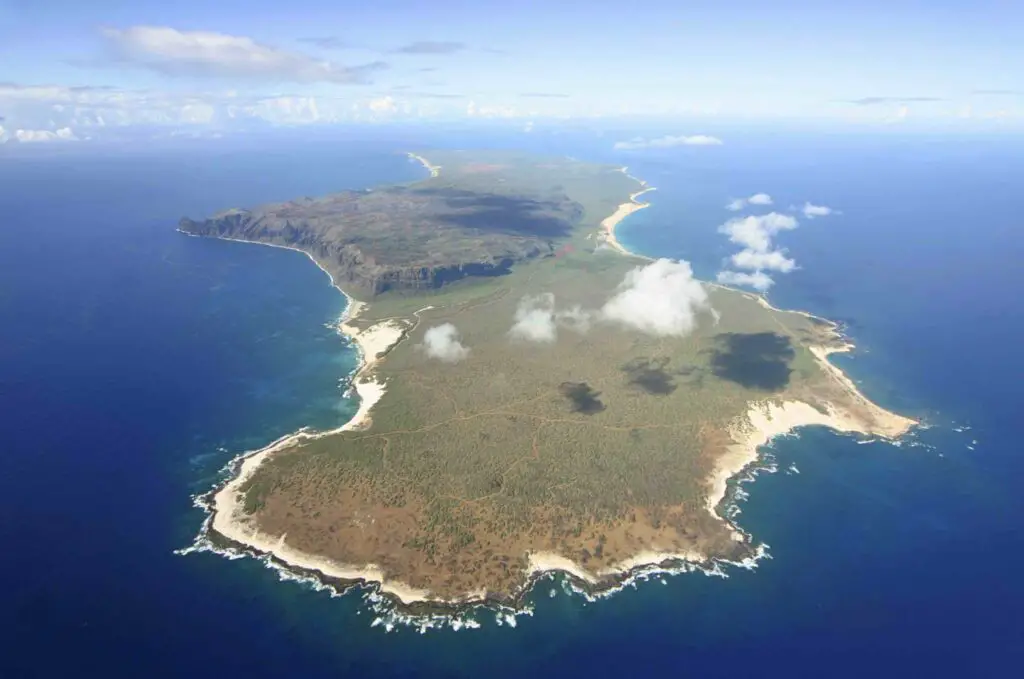
The privately-owned island of Niihau is home to about 200 residents and is mostly closed off to visitors, thereby earning its name “The Forbidden Isle.” It’s an island where time seems to stand still, preserving traditional Hawaiian culture and practices.
Oahu—“The Gathering Place”

Finally, Oahu is the island that most people are familiar with, as it’s home to Honolulu, the state’s capital, and has the highest population density among all the islands. Known as “The Gathering Place,” Oahu offers a mix of urban and natural attractions, serving as Hawaii’s political, social, and cultural hub.
Each Hawaiian island offers a unique blend of natural beauty and cultural richness. While The Big Island is the largest and arguably the most geographically diverse, each island contributes its flavor to the melting pot of Hawaii.
From the lush vegetation of Kauai to the bustling streets of Honolulu on Oahu, the Hawaiian Islands are a tapestry of landscapes and experiences waiting for you to explore.
10 Reasons Why We Love The Hawaiian Islands
There are many reasons to adore the Hawaiian Islands, each as compelling as the next. Join us as we delve into 10 of the most enchanting factors that make these Pacific gems irresistible.
1. Breathtaking Natural Beauty
The Hawaiian Islands are a visual feast of turquoise waters, golden sand beaches, and lush landscapes. Each island offers a unique array of natural wonders, from the stunning cliffs of the Na Pali Coast on Kauai to the active volcanoes on The Big Island. The scenery alone is enough to captivate any traveler’s heart.
2. Rich Cultural Heritage
The islands are steeped in a rich cultural history that blends Native Hawaiian traditions with influences from Asia, Europe, and mainland America. Whether it’s the spiritual significance of hula or the communal joy of a luau, the cultural fabric of Hawaii is both intricate and inviting.
3. Aloha Spirit
There’s a reason why people in Hawaii are known for their hospitality and kindness. The “Aloha Spirit” is not just a marketing gimmick—it’s a fundamental ethos that embodies a friendly, welcoming attitude that residents and visitors find endearing and comforting.
4. Adventure Awaits
Hawaii is a playground for those who love the great outdoors. From surfing and snorkeling to hiking and zip-lining, there’s an adventure for everyone. Plus, the diversity of landscapes allows for a wide range of activities, all within relatively short distances.
5. Unique Wildlife
Hawaii is home to an array of unique flora and fauna, much of which is found nowhere else in the world. From the colorful fish of Hanauma Bay to the native honeycreepers singing in the forests, Hawaii’s wildlife is as diverse as it is fascinating.
6. Gastronomic Delights
The food in Hawaii is a delectable fusion of flavors from around the world. You can savor everything from traditional Hawaiian dishes like poke and loco moco to Asian-inspired cuisines and fresh tropical fruits. Food trucks, local markets, and high-end restaurants offer a range of options to suit every palate.
7. Ideal Climate
Hawaii enjoys a tropical climate that’s hard to beat. With warm temperatures year-round and a nice ocean breeze, it’s no wonder people from colder climates flock to the islands for a taste of endless summer.
8. Spectacular Sunsets
There’s something magical about watching the sun dip below the horizon, casting shades of pink, orange, and purple across the sky—and Hawaii offers some of the most spectacular sunsets you’ll ever see. The sunsets here are truly unforgettable, whether on the beach or in the mountains.
9. World-class Resorts And Accommodations
From luxurious oceanfront resorts to charming bed-and-breakfasts, Hawaii offers accommodations for every type of traveler. Many resorts offer traditional Hawaiian experiences, gourmet dining options, and spas that use native ingredients, allowing you to soak in luxury while connecting with the local culture.
10. Spirituality And Wellness
For many, Hawaii is not just a vacation destination but a place for spiritual and physical renewal. The natural beauty and tranquil landscapes make it a perfect setting for wellness retreats, yoga, and meditation. Traditional Hawaiian practices like lomilomi massage and ho’oponopono (spiritual healing) offer unique pathways to well-being.
Hawaii’s allure combines natural splendor, rich culture, adventure, and an ineffable sense of peace and well-being. It’s no wonder so many people worldwide are captivated by these islands in the middle of the Pacific.
Whether you’re a thrill-seeker, a nature lover, or someone simply looking for a peaceful escape, Hawaii has something for everyone.
At A Bus On A Dusty Road, we talk about travel, life, and ex-pat living. We are all about “Living Life As A Global Citizen.” We explore social, cultural, and economic issues and travel.
We would love to have you be part of our community. Sign up for our newsletter to keep up-to-date by clicking here. If you have any questions, you can contact me, Anita, by clicking here.
Listen to our Podcast called Dusty Roads. You can find it on all major podcast platforms. Try out listening to one of our podcasts by clicking here.
Subscribe to our A Bus On A Dusty Road YouTube Channel with great videos and information by clicking here.
Related Questions
What Continent Is Hawaii A Part Of, And Why?
Politically, Hawaii is considered part of the North American continent as it is one of the United States of America states. But location-wise, many people believe it is part of the Oceania continent as it is located within the area known as Polynesia.
By clicking here, you can discover What Continent Is Hawaii A Part Of And Why?.
What’s The Difference Between Hawaiian And Polynesian?
Native Hawaiian on the Hawaiian island is considered to be part of Polynesia. It is part of what is known as the Polynesian triangle, which includes many islands in Polynesia. But even though Hawaiians are under the ethnic umbrella of Polynesia, there is still some difference between them and their Polynesian counterparts.
By clicking here, you can discover What’s The Difference Between Hawaiian And Polynesian?.
Is Hawaii In One Or Two Time Zones?
Hawaii has a one-time zone. It is in the Hawaii – Aleutian time zone, which means it shares a time zone with part of Alaska. Hawaii has never changed its time for daylight savings time because Hawaii is near the equator, so the sunrise and sunset do not fluctuate greatly throughout the year.
By clicking here, you can discover Is Hawaii In One Or Two Time Zones?


